
- Shandong Loyal Industrial Co.,Ltd.
- SHORT-CUT PASTA PRODUCTION LINE LONG-CUT PASTA PRODUCTION LINE INSTANT PASTA PRODUCTION LINE
Home> Application> Unleashing Innovation: Full Automation for a High-Efficiency Pasta Production Line

Unleashing Innovation: Full Automation for a High-Efficiency Pasta Production Line
Unleashing Innovation: Full Automation for a High-Efficiency Pasta Production Line
Evolution of Pasta Manufacturing
Pasta, a staple in many households, has undergone a remarkable evolution in manufacturing processes. Traditional methods, rooted in manual labor, have given way to advanced and automated processes. This evolution has paved the way for the emergence of the High-Efficiency Macaroni Pasta Production Line.
Significance of Full Automation
Automation plays a pivotal role in enhancing the efficiency of pasta production. In a market driven by high demands, achieving and maintaining a high level of efficiency is paramount. This introduction sets the stage for exploring the innovation brought about by the full automation of pasta production lines.Shandong Loyal Industrial Co., Ltd. has incorporated advanced technologies from Tecalit and Lineapasta in the production of its macaroni.

Understanding Full Automation in Pasta Production Line
Core Components of Automated Systems
Detailed exploration into the core components of automated systems reveals the intricate machinery and equipment that define a High-Efficiency Pasta Production Line. Robotics and smart technologies play a crucial role in streamlining various stages of pasta production, ensuring precision and consistency.
Implementation of Full Automation
Examining successful cases of pasta manufacturers, we delve into the challenges and solutions encountered during the implementation of full automation. The benefits experienced by companies embracing these automated systems extend beyond operational efficiency, impacting overall product quality.
Advantages of High-Efficiency Pasta Production Line
Discussion revolves around the positive impacts of full automation, including increased production speed and consistency. Moreover, the cost-effectiveness and resource optimization achieved through automation have implications for the overall quality of pasta products.
Innovations in High-Efficiency Pasta Production
Technological Advancements
The exploration of technological advancements in pasta production sheds light on cutting-edge features. These innovations not only improve efficiency but also contribute to the industry's competitiveness in a dynamic market.
Sustainable Practices
Full automation is not only about efficiency but also aligns with global trends towards sustainability. Examining how automation contributes to sustainable production, including the use of eco-friendly materials and energy-efficient technologies, becomes crucial.
Market Trends and Consumer Preferences
An analysis of current market trends in pasta consumption guides the discussion on meeting consumer expectations through high-efficiency and innovative production. The influence of automated processes on consumer choices is a key aspect to explore.

Case Studies: Successful High-Efficiency Pasta Production Lines
Real-world Examples
By showcasing companies like Colavita, Garofalo, Whole Foods 365 Everyday Value, Jovial, DeLallo, and Faella that have successfully implemented full automation, the article illustrates the measurable impact on efficiency and product quality. Real-world examples provide valuable lessons for the industry.
Lessons Learned and Best Practices
Extracting insights from successful implementations, the article provides best practices for companies considering the transition to full automation. Addressing common challenges and maximizing benefits becomes crucial for a smooth transition.
Future Outlook and Industry Implications
Emerging Technologies
The article predicts future technological advancements in pasta production, emphasizing the role of artificial intelligence and other innovations. These technologies are expected to further enhance efficiency and shape the industry's future.
Industry-wide Impact
Discussion on the potential ripple effect of full automation on the entire pasta manufacturing industry sets the stage for understanding implications for market competitiveness and global positioning. The role of innovation becomes central in shaping the industry's trajectory.
Conclusion
Recap of Innovations and Achievements
Summarizing the journey of full automation in high-efficiency pasta production, the article highlights key milestones and innovations discussed throughout. The importance of innovation in maintaining competitiveness in the market is reinforced.
Final Thoughts on Unleashing Innovation
In the final thoughts, the transformative power of full automation is emphasized. Encouraging further exploration of innovative solutions in pasta manufacturing, the article underscores the lasting impact of unleashing innovation in creating a more efficient and sustainable industry.

FAQs: Frequently Asked Questions about Pasta Production Line
What are the key components of a High-Efficiency Pasta Production Line?
A High-Efficiency Pasta Production Line comprises advanced machinery and automated systems, including robotic components and smart technologies. These components work in harmony to streamline the various stages of pasta production.
How does full automation enhance efficiency in pasta manufacturing?
Full automation minimizes manual intervention, ensuring precision and consistency throughout the production process. This not only accelerates production speed but also reduces the likelihood of errors, contributing to overall efficiency.
Which pasta manufacturers have successfully implemented full automation?
Leading brands such as Colavita, Garofalo, Whole Foods 365 Everyday Value, Jovial, DeLallo, and Faella have successfully embraced full automation in their production lines. These companies serve as prime examples of the transformative impact of automation on efficiency and quality.
What sustainability practices are integrated into automated pasta production?
Automated pasta production aligns with sustainability trends by incorporating eco-friendly materials and energy-efficient technologies. This commitment to sustainability reflects the industry's responsibility towards environmental conservation.
How do market trends influence the innovation in pasta production lines?
Analyzing current market trends in pasta consumption guides innovation in production lines. Meeting consumer expectations for high-efficiency and innovative products becomes paramount to stay competitive in a dynamic market.
What lessons can be learned from successful case studies of automated pasta production lines?
Successful case studies offer valuable insights into the challenges and benefits of implementing full automation. Lessons learned include best practices, addressing challenges, and maximizing the advantages of automated systems.
How do emerging technologies, such as artificial intelligence, impact the future of pasta production?
Emerging technologies, including artificial intelligence, are predicted to play a significant role in the future of pasta production. These innovations are expected to further enhance efficiency, streamline processes, and contribute to the industry's evolution.
What is the expected industry-wide impact of full automation in pasta manufacturing?
Full automation is anticipated to have a ripple effect on the entire pasta manufacturing industry. This impact extends to market competitiveness, global positioning, and the overall trajectory of the industry in response to evolving consumer demands.
In conclusion, what is the key takeaway from the exploration of High-Efficiency Pasta Production Lines?
The key takeaway is the transformative power of full automation in pasta manufacturing. From enhanced efficiency to sustainable practices, the industry's embrace of innovation is shaping a future characterized by high-quality, environmentally conscious pasta production
Contact Us

- Shandong Loyal Industrial Co.,Ltd.
- Telephone+86 13176674591
- Email[email protected]
- WhatsApp+86 13176674591
- WeChat13176674591
- AddressC623, Jiahui Global Plaza, No. 548, Beiyuan Street, Tianqiao District, Jinan City, Shandong Province
- Factory AddressADD -300m North of Zhangxia Industrial Park, Binhe Road, Zhangxia Town, Changqing District, Jinan
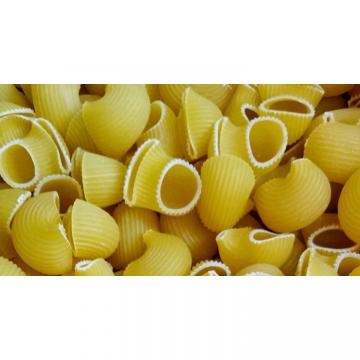



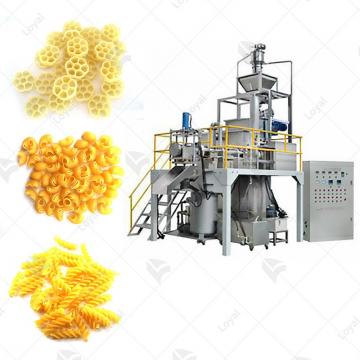
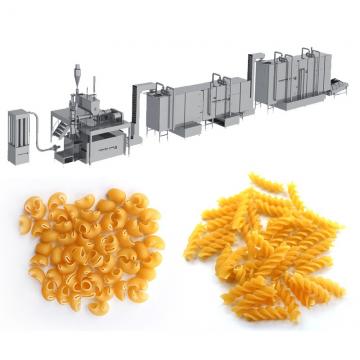 Vacuum Extruder Pasta Machine
Vacuum Extruder Pasta Machine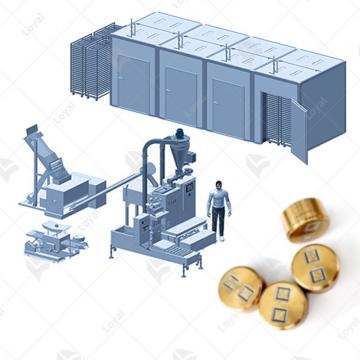 Combined Pasta Machine
Combined Pasta Machine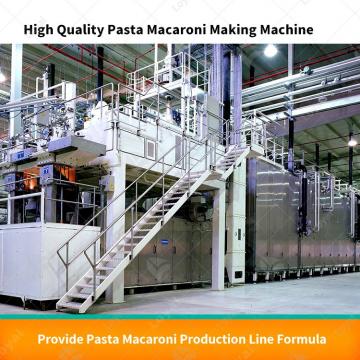 DRY PASTA PRESS MACHINE
DRY PASTA PRESS MACHINE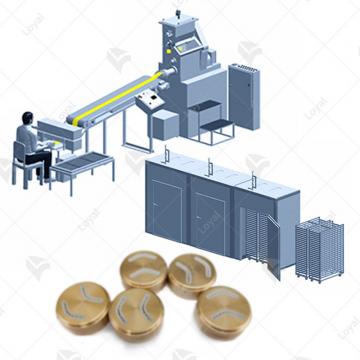 Combined Automatic Pasta Sheeter
Combined Automatic Pasta Sheeter